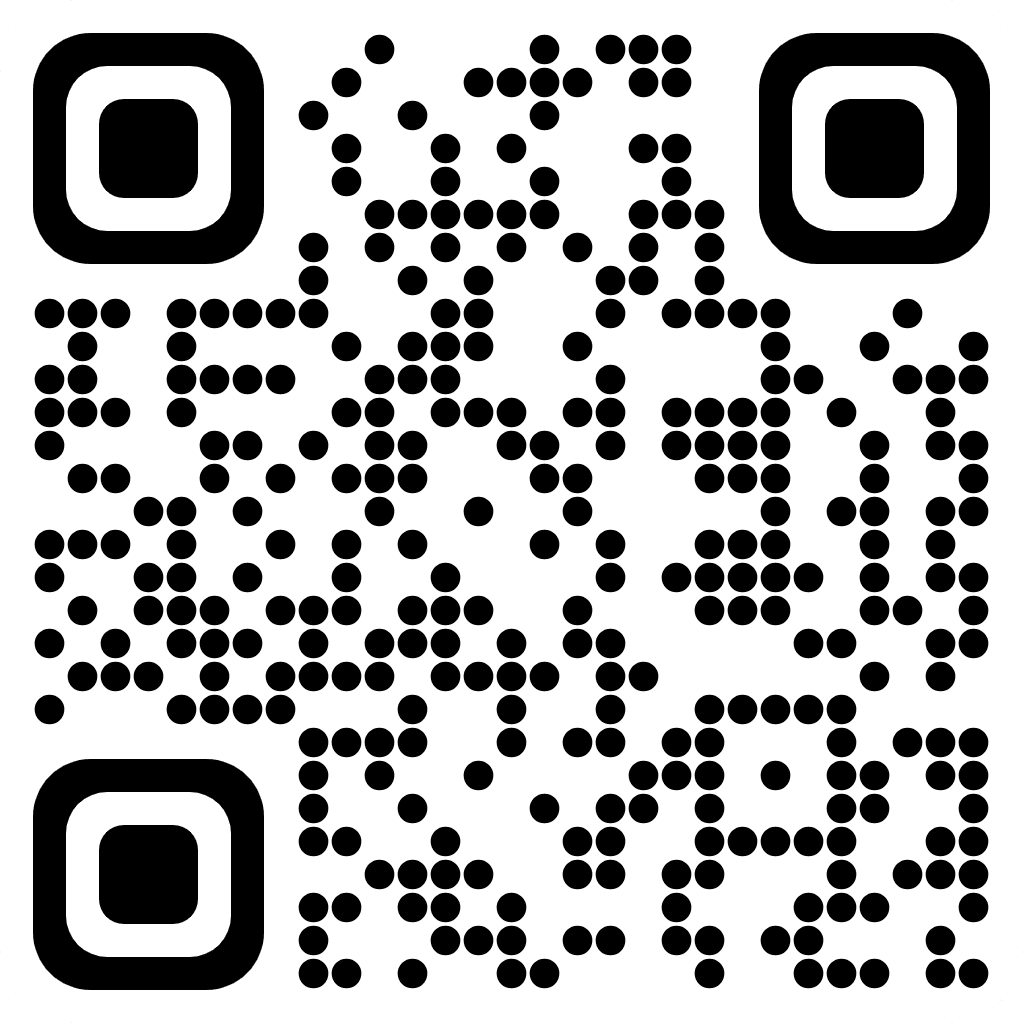Enhancing Urban Sustainability through IoT Sensors and Data Analytics: Manuscript Abstract This research paper explores the multifaceted relationship among Internet of Things (IoT) sensors, urban sustainability, and local governance. The
goal of this paper is to demonstrate the importance of data-driven policies in promoting efficiency, transparency, and accountability to address critical urban challenges. This paper provides a comprehensive evaluation of existing research to address the gaps in existing literature and contribute to a more robust understanding of how IoT sensors can inform and improve public policies for smart and sustainable urban development. It also provides an overview of the research design and methodology that the study will adopt to conduct the research. Overall, the aim of this paper is to explore the concept of smart cities, which often involves the integration of IoT technologies by providing insights into the potential benefits and challenges associated with implementing IoT in urban environments. Introduction Public policies that exclude statistical or real-time data on air quality, traffic, and energy use from IoT sensors cause many serious problems. One of the main problems is the lack of efficiency, because these policies are inflexible and lead to poor allocation of resources, which will lead to the use of poor layers of capital in some areas and non-allocation in others. This failure also prevents the achievement of successful and operational goals. Outdated or inaccurate information on policies can lead to misallocation of resources, lack of time for optimization, and potentially negative impacts on the environment and public health. Additionally, the lack of data analysis and use of IoT sensors means policymakers lack improvement tools such as identifying trends, patterns, and areas for improvement. Additionally, data-driven policies promote transparency and accountability because they provide a clear basis for decision-making and evaluation of policy effectiveness. Without data, it will be difficult to evaluate policies and hold policymakers accountable for their outcomes. In summary, policies that ignore data analytics and IoT sensors are ineffective, unrealistic, and unresponsive to emergencies and may not address important urban issues such as air pollution, traffic, and energy use, hindering more efficient and effective use. and powerful cities. Additionally, these deficiencies can affect technological development, public participation, public-private partnerships, and the integration of research centers and organizations into society. Idrees et al. (2018) notes that Nations have established their own frameworks, regulations, and benchmarks for monitoring air pollution and for issuing warnings to residents. Although this data is limited to outdoor settings, most ratings are fixed and only capture average values. In real-time scenarios, air quality fluctuates and can be affected by various factors such as wind speed, population density, pollutant distribution, and whether it is an indoor or outdoor environment (Idrees et al., 2018). Public policies that neglect the incorporation of statistical or real-time data from IoT sensors lead to inefficiencies in resource allocation which can hinder the achievement of operational goals. Outdated or inaccurate information results misallocation of resources, potential negative impacts on the environment, and public health. Additionally, the lack of data analysis and use of IoT sensors hampers policymakers' ability to identify trends, patterns, and areas for improvement. This research seeks to address these issues by advocating for data-driven policies that promote transparency, accountability, and responsiveness to emergencies which help to contribute to more efficient and powerful cities. Existing literature, such as the study by Bibri (2018), has explored the role of IoT in smart sustainable cities. However, there are significant gaps in addressing issues related to environmental sustainability, integration of sustainable development, and the lack of specialized research. For instance, the research paper "The IoT for smart sustainable cities of the future: An analytical framework for sensor-based big data applications for environmental sustainability” primarily focused on investigating a similar theme on the role of the Internet of Things (IoT) and its interaction with big data in improving the security environment of the smart city. However, it still has some shortcomings, such as lack of interest in environmental sustainability, lack of integration of sustainable development, lack of specialized research, broad claims without evidence, lack of discussion of existing research, and unclear procedures, vaguely defined goals. etc. Analytical architecture, clarity of originality, limited by unresolved technical difficulties, no empirical data. These limitations highlight the need for significant research and focus in addressing this issue, specifically on how these issues are addressed in the public policy. 2 The theoretical framework of this research is grounded in the idea that data-driven policies, informed by real-time information from IoT sensors, are crucial for enhancing urban sustainability and governance. Drawing on theories of technological determinism and policy informatics, the research aims to establish a theoretical foundation for understanding how the integration of IoT data can lead to more responsive, efficient, and effective urban policies (Gray,2021). Research Question Ganesha & Aithal (2022) states that the formulation of the research question is essential for influencing research methodology and design, offering both clarity and an increased level of visibility into the research process. A research question remains unanswered until the proposed theory or proposition completes testing or verification. The purpose of an effective research question is to improve understanding of a fact, phenomenon, reality, truth, effect, dependent variable, or outcome variable of the focused subject. Ganesha & Aithal (2022) also notes that the research question plays an important role in determining the research methodology/design in addition to providing clarity and a higher level of visibility about the research. A research question well formulated is half answered and most importantly the moment scholars formulate their research question 50% of their Ph.D. journey is complete (Ganesha & Aithal, 2022). This research paper aims to address the key question on how the integration of Internet of Things (IoT) sensors for real-time data collection on environment and energy consumption can enhance the effectiveness of urban public policies, in the domains of resource allocation, environmental sustainability, and transparency. Some general question this research paper attempts to answer are as follows - This research questions aims to study and demonstrate the relationship among IoT sensors, urban sustainability, and local governance. It will also highlight the role the IoT sensors that are used to collect the real-time data on air quality, traffic flow, and energy consumption (Aslam, 2020). By/nInstructions student note: need to add 400 words in this - Research Design and Data Anlaysis /Interpretation Develop this paper further with additional data sources. More focus and details needed in the Research design segment as well as Data Interpretation and Analysis (Focus on How). and provide more clarity on the research design section and Data Interpretation and Analysis It should focus on how the research is collected? How data is collected? and How the data is being interpreted level of writing - PHD double spacing


